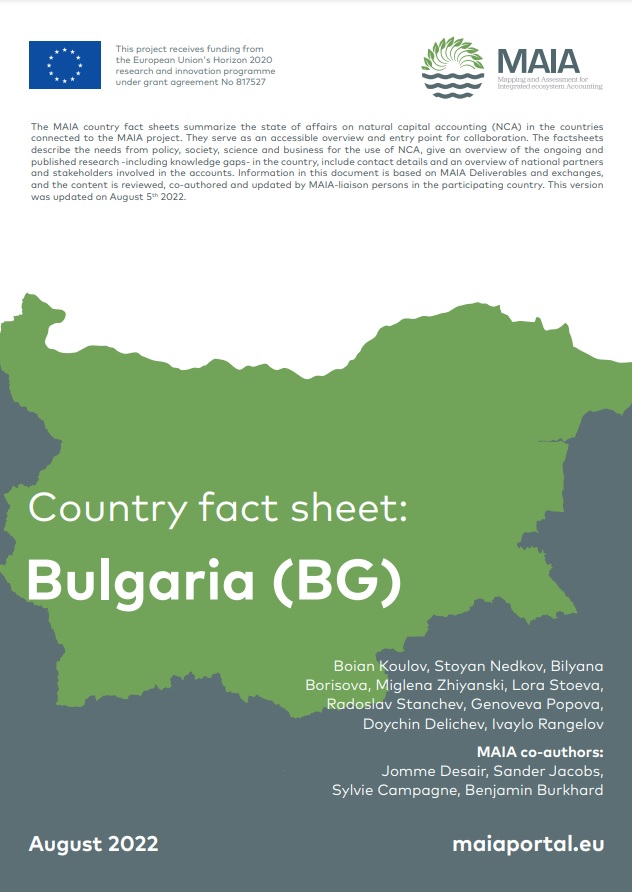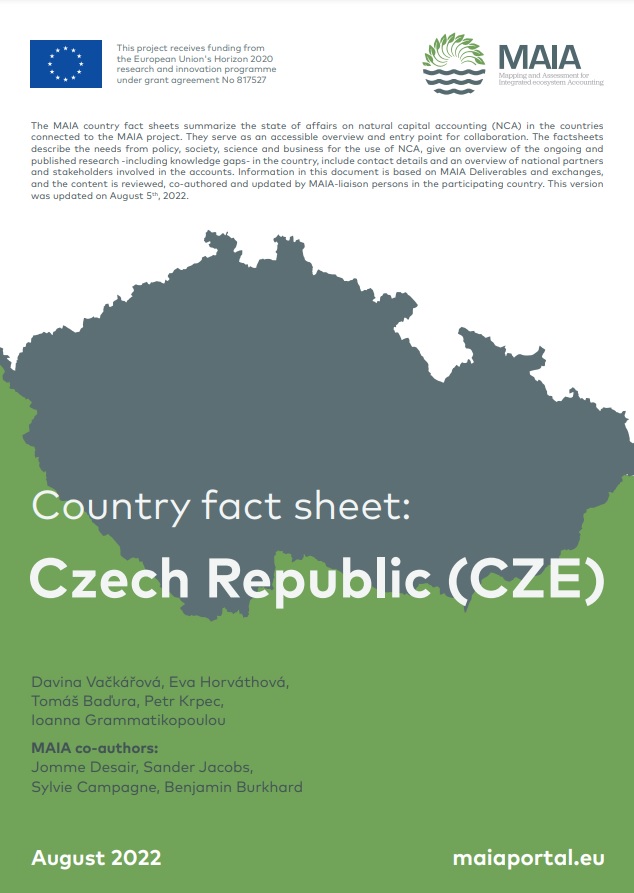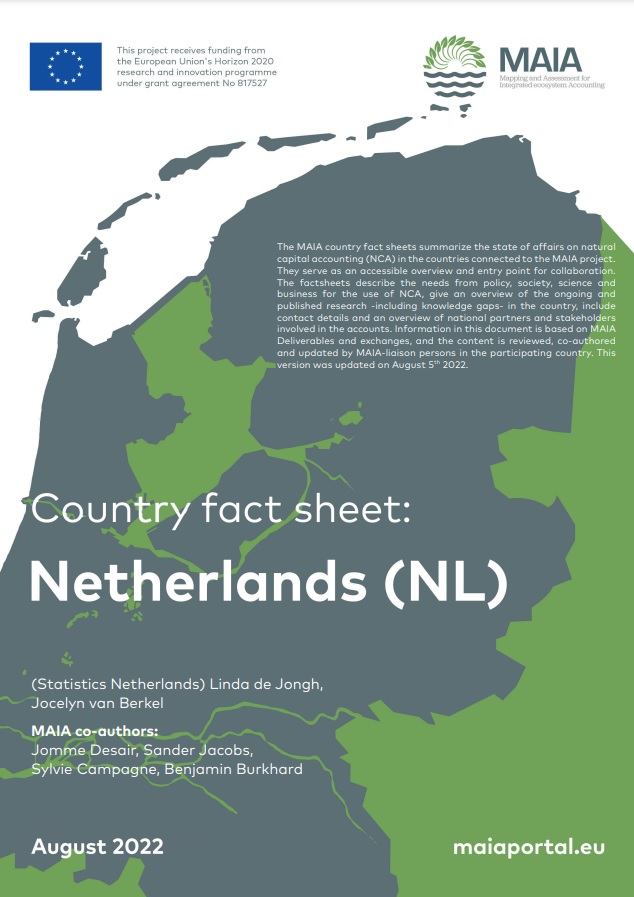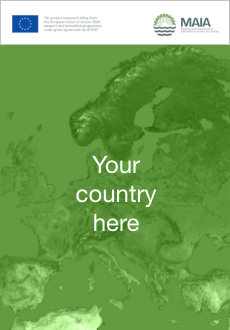Do you have any questions or want to find out more about the process?
Contact usFAQ
What is the added value of producing ecosystem accounts?
Ecosystem accounts show the extent and condition (health) of ecosystems and the dependencies of economic activities on ecosystems. They show if ecosystems are degrading or recovering, the economic impacts of ecosystem degradation and the benefits of restoration. Until now, the published ecosystem accounts are incomplete: they do not cover the full breadth of benefits that ecosystems provide to society and well-being. Yet, by providing a wide range of biophysical and monetary indicators, measured consistently and with internationally agreed methods, ecosystem accounts elucidate why and how we can better manage ecosystems. Ecosystem accounts use maps to depict ecosystems and their uses, and can be used for land use planning, monitoring, and designing ecosystem restoration efforts, among others.
Why is ecosystem accounting an integral part of the EU Biodiversity Strategies?
Biodiversity includes the extraordinary variety of ecosystems, habitats, species and genes in our environment. However, biodiversity is not only very important as such, it is also the base for the supply of a wide range of ecosystem services to the society, such as food, water flow regulation or nature-based recreation. These services present a wide range of values, including ecological, social-cultural as well as economic values. Ecosystem accounting offers methodologies and tools to capture different values. Therefore, Target 2 Action 5 of the EU Biodiversity Strategy 2020 asks indeed all EU member states to improve knowledge of ecosystems and their services. This includes mapping and assessment of ecosystems and their services, assessing the economic values of such services and promoting the integration of these values into accounting and reporting systems at EU and national level.
What are the main difficulties for developing natural capital accounts?
A common framework to measure ecosystem accounts in the past was missing. This includes the replicability and scalability of the accounts and standard methods that can be published by official statistical offices. Other difficulties encountered are insufficient time and resources of involved institutions and inadequate political and legislative support.










